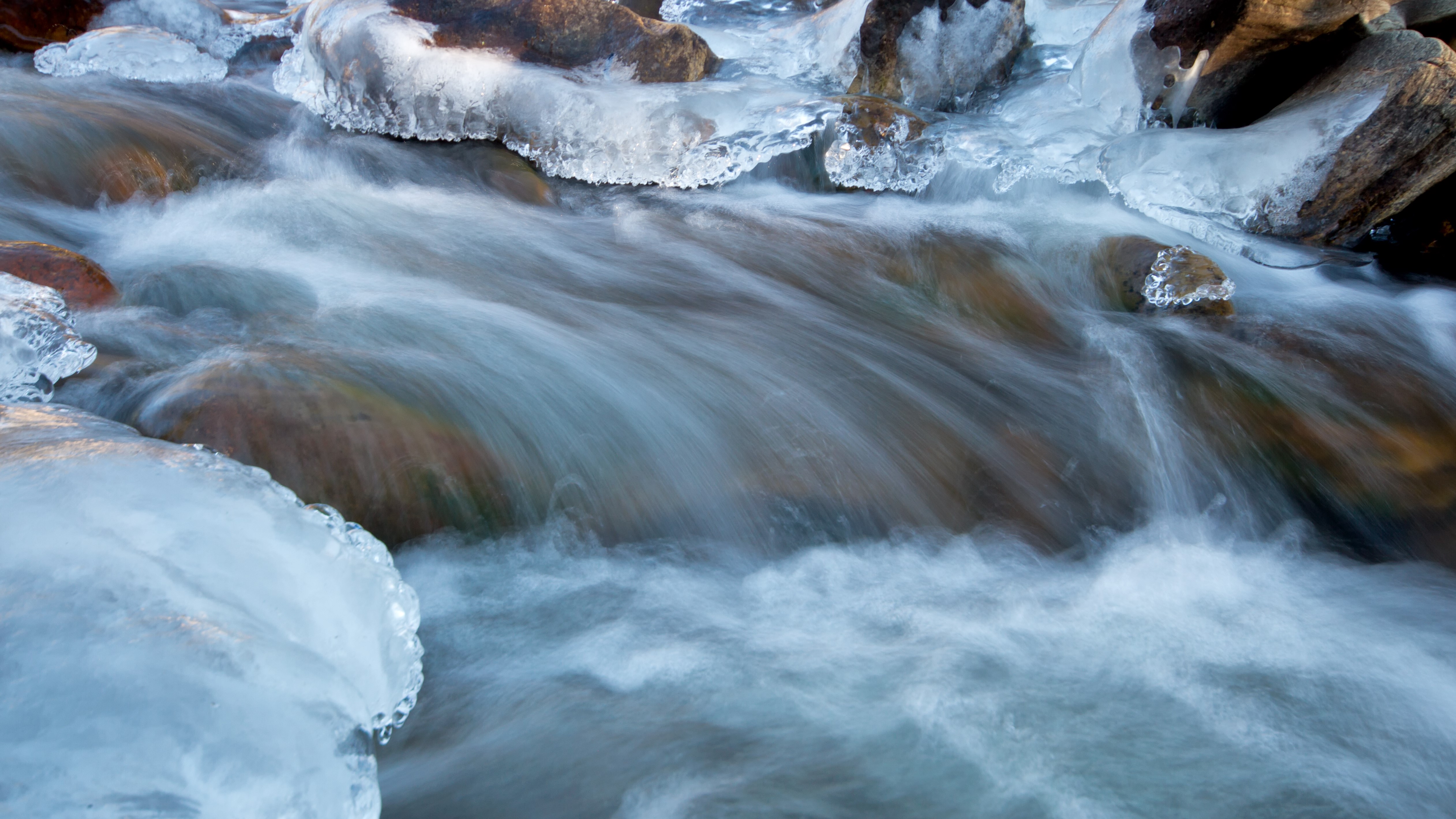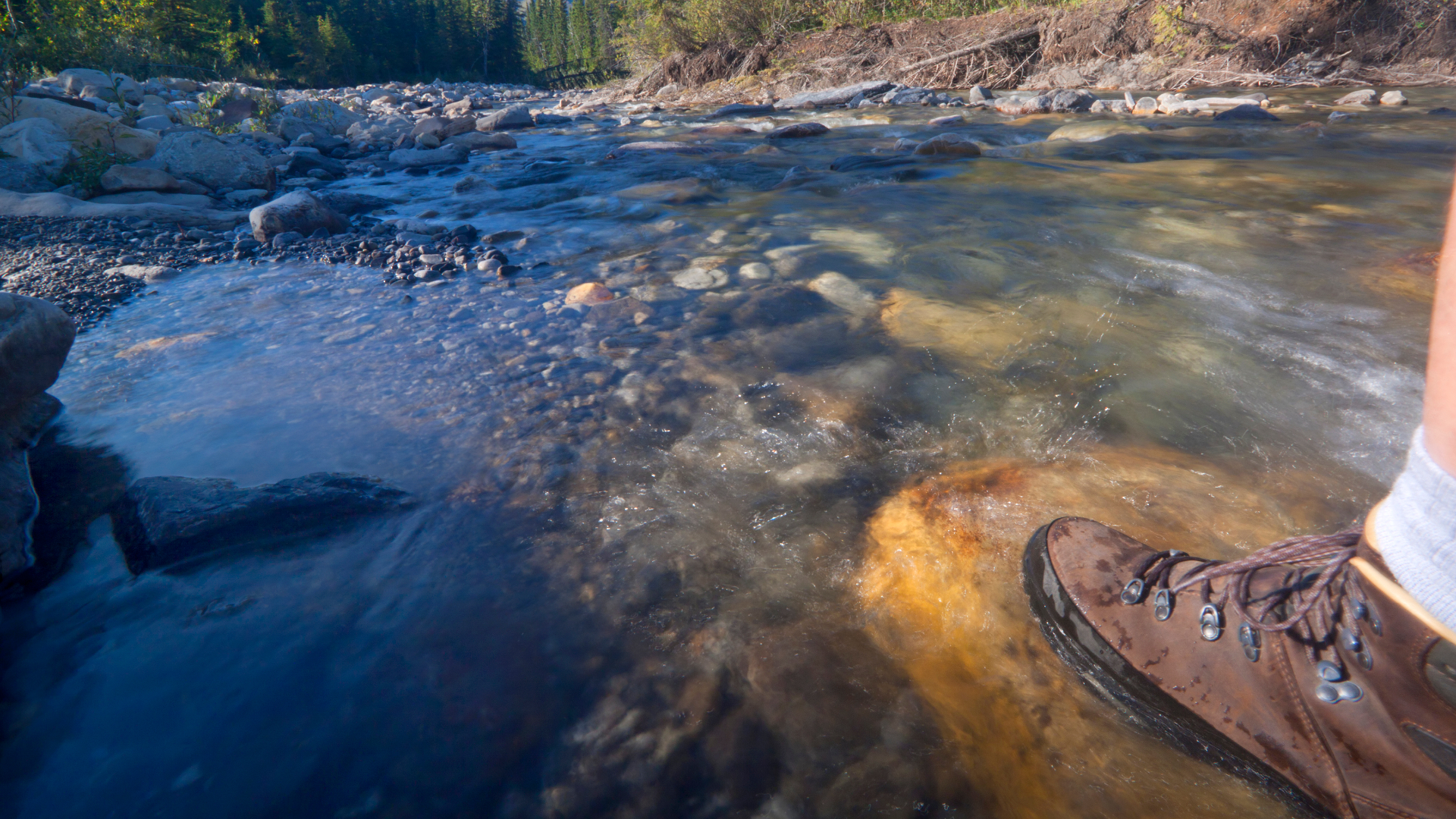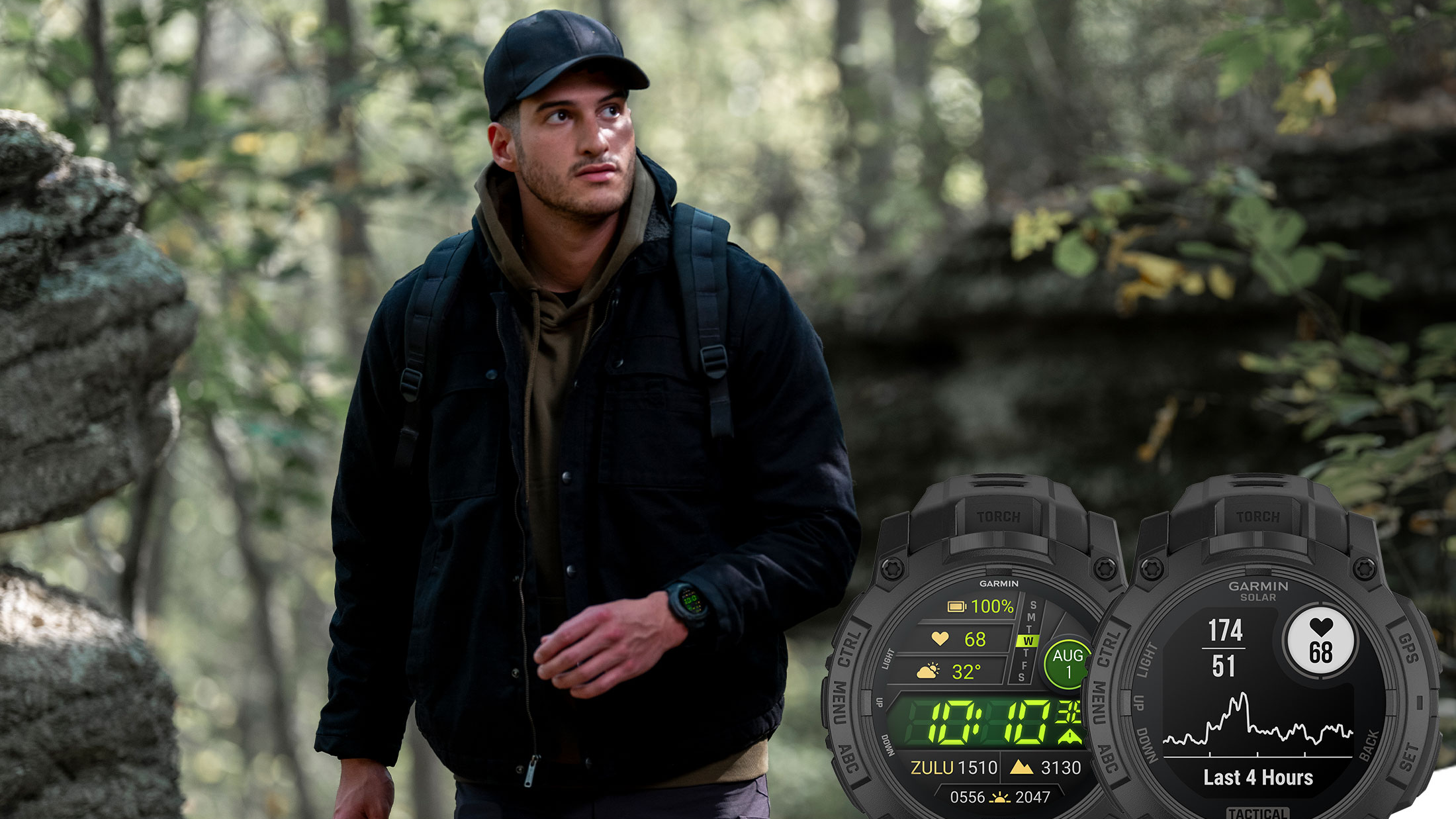"Water is powerful" – hiker missing after being swept downstream during river crossing
The woman was hiking with friends in Angeles National Forest when she lost her footing and disappeared

A California hiker has been missing for four days after being swept downstream by a powerful river while trying to cross it.
The incident took place on Saturday when the 59-year-old woman was hiking in Angeles National Forest with friends. According to a Facebook post by the Los Angeles County Sheriff's Department, a massive search has been underway to try to locate the woman, who was attempting to cross a river near Heaton Flats Trail.
"The woman lost her footing and was swept away by the rapid currents. The woman was last seen heading downstream," writes the Sheriff's Department.
Some 60 personnel have been deployed to the scene in the search since the first call came in at around 9:51 a.m., including Mountain Rescue, EMTs, US Forest Service personnel, air rescue support, and drones, but efforts have reportedly been hampered by "treacherous terrain and strong river currents" which has meant some personnel has had to be transported by air.
San Dimas Mountain Rescue "strongly encourages individuals to use extreme caution when crossing streams, rivers, or creeks. Water is powerful, even in seemingly calmer sections."
Angeles National Forest is located northeast of LA in the San Gabriel Mountains, an area that has been hit with severe precipitation that brought storm damage and flooding in recent weeks, leading to areas still being closed and high rivers. The same storm system buried Mount Baldy in snow and claimed the life of 22-year-old hiker Lisei Huang in February.

How to cross a river safely
The safest way to cross rivers is to avoid doing so altogether, but if you must cross one on a hike, SDMR issued the following advice:
Advnture Newsletter
All the latest inspiration, tips and guides to help you plan your next Advnture!
- Coss in calmer sections, even if that means hiking up or downstream to find a better crossing.
- Avoid water that is higher than your knees. Deep water makes it easier to lose your balance or be swept off your feet.
- Logs, rocks, and other materials near water can be slick. Check the condition of the surface you plan to cross.
- Test stability of rocks or logs before moving (you can use your trekking poles).
- When crossing, face upstream to pinpoint where faster currents are flowing.
- Never cross above a waterfall or logjam.
Learn more in our article on how to cross a river safely – and when not to.
Julia Clarke is a staff writer for Advnture.com and the author of the book Restorative Yoga for Beginners. She loves to explore mountains on foot, bike, skis and belay and then recover on the the yoga mat. Julia graduated with a degree in journalism in 2004 and spent eight years working as a radio presenter in Kansas City, Vermont, Boston and New York City before discovering the joys of the Rocky Mountains. She then detoured west to Colorado and enjoyed 11 years teaching yoga in Vail before returning to her hometown of Glasgow, Scotland in 2020 to focus on family and writing.

